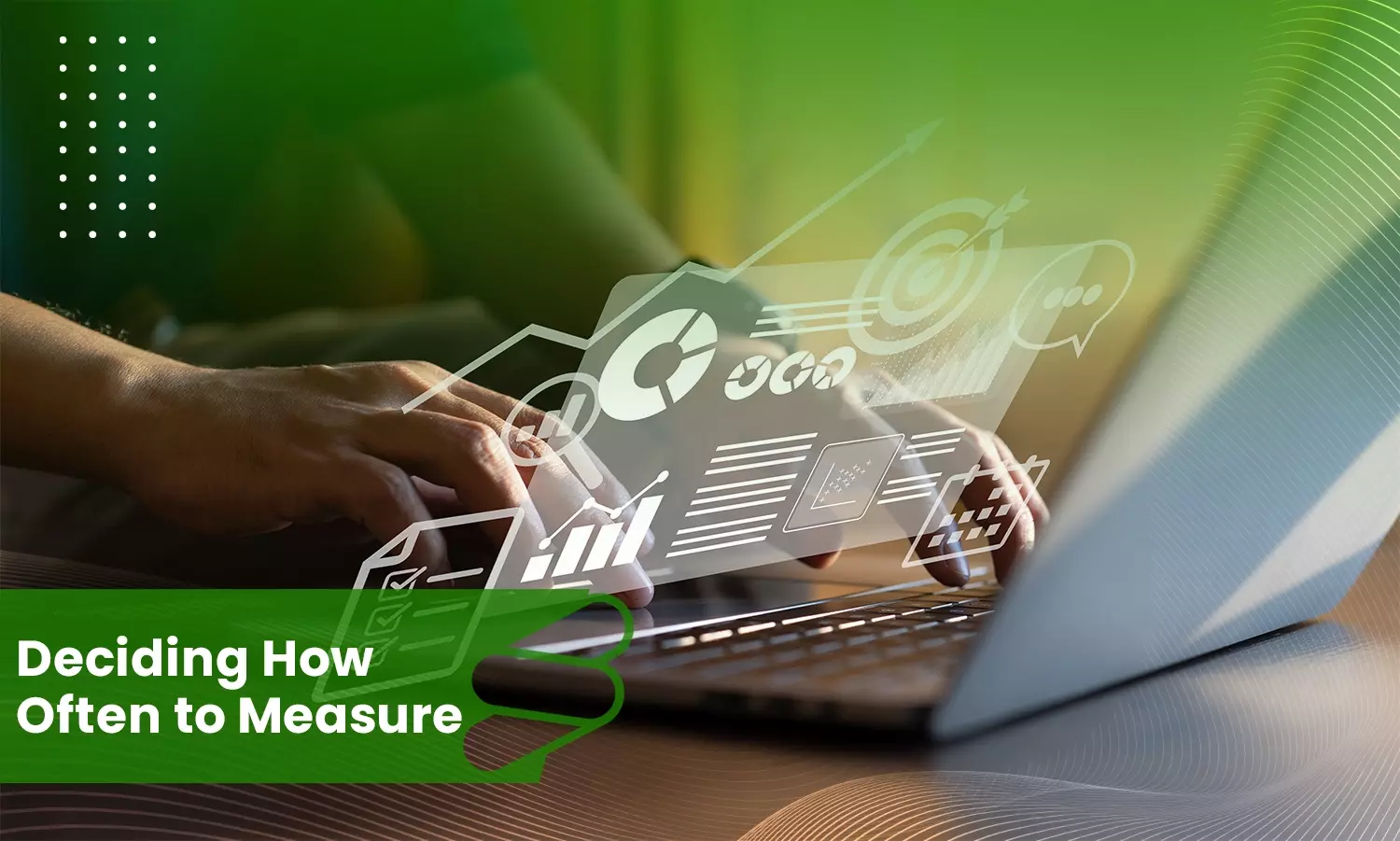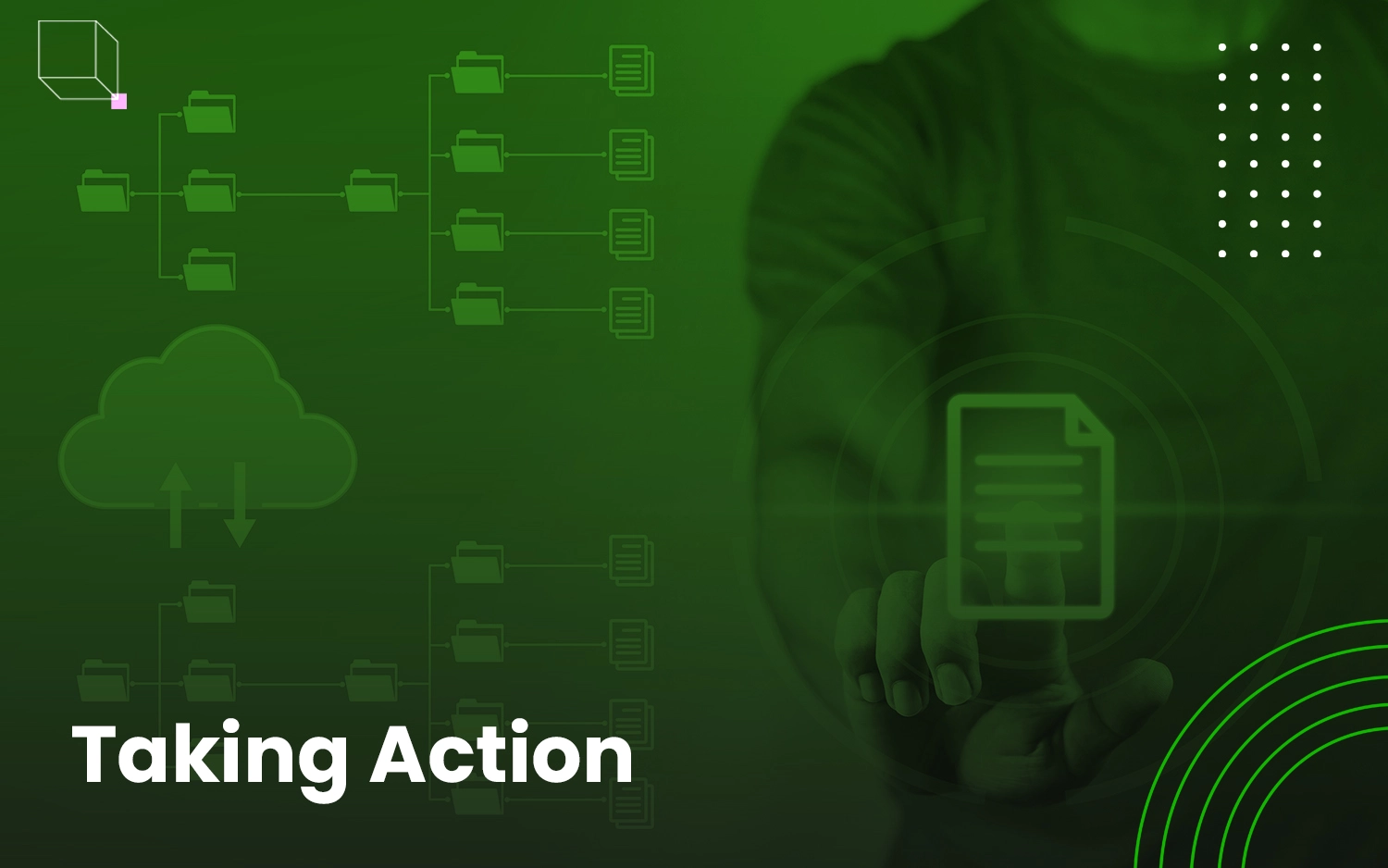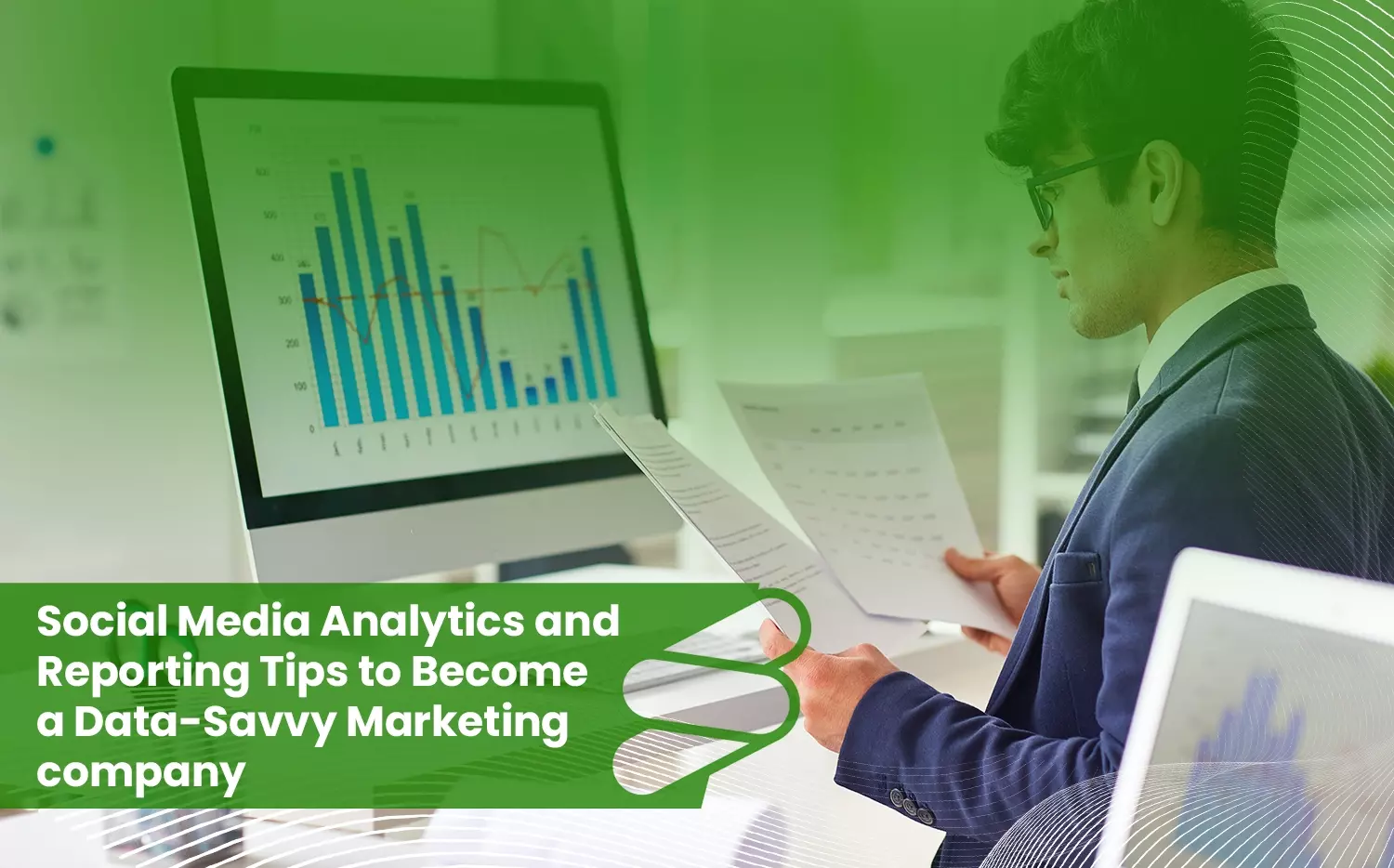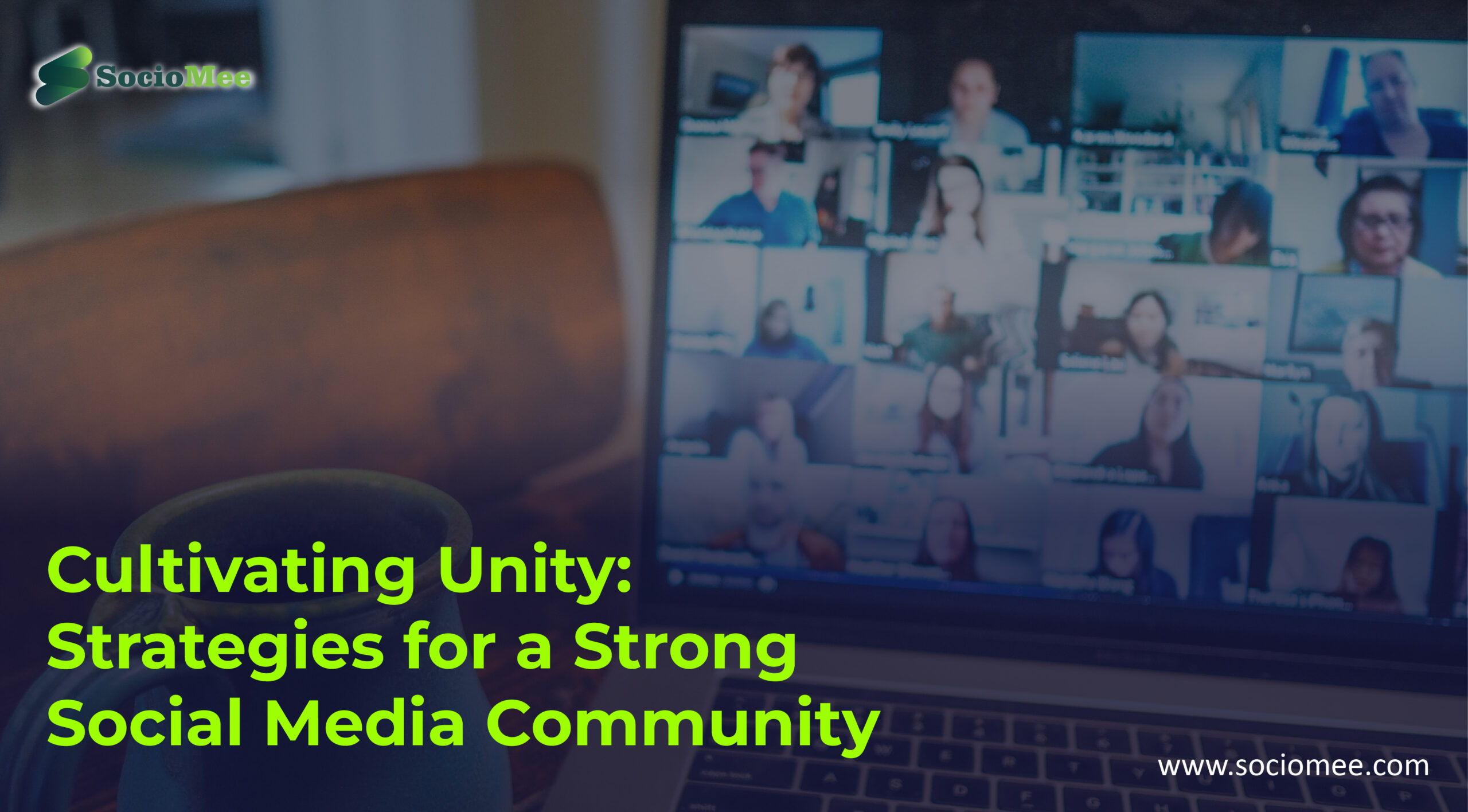As a marketer, you’re probably well-versed in the use of social media. But are you utilising your data to its fullest? If you’re not collecting and analysing data correctly, you’re missing out on valuable insights that could help improve your marketing efforts.
The good news is that analytics and reporting don’t have to be difficult. With the right tips and tools, you can become a data-savvy marketer in no time. In this article, I’m going to share eight tips for improving your social media analytics and reporting. So read on and learn how to make the most of your data!
#1. Defining Your Goals

Before you can even think about reporting on your social media analytics, you need to first define your goals. What are you hoping to accomplish with social media? Do you want to increase brand awareness? Drive website traffic? Increase leads?Once you have a good idea of what you want to achieve, you can start to tailor your reports to match those goals. There’s no point in wasting your time reporting on data that doesn’t help you reach your objectives.
So make sure you know what you’re aiming for before you start crunching numbers.
#2. Identifying Your Metrics
When it comes to social media analytics, you first need to identify your metrics. What are you trying to track? Audience engagement? website traffic? Conversions?
Once you know what you’re tracking, take the time to set up a system that will make collecting and analysing that data easy. Use software that will make it easy to track website visits, Facebook Likes, and Twitter followers. Automated reporting can make your life a lot easier when it comes to sorting through all that data. And don’t forget to track your goals! If you’re not measuring your results, you won’t be able to improve them. So start tracking now, and see how much data-savvy progress you can make in your marketing company.
Transform your business needs
#3. Deciding How Often to Measure

How often should you measure your social media analytics? If you’re like most businesses, you’re tempted to measure as often as possible, heck, even hourly! But that’s not always necessary (or healthy).There are a few factors to consider when deciding how often to measure your analytics. For starters, how big is your company? Do you have the manpower to constantly be gathering and analysing data? What’s your social media strategy? How quickly do you need to react to changes in the data?
All of these factors will help you determine the right frequency for measuring your social media analytics. But bottom line: don’t drive yourself crazy by trying to measure everything all the time. Relax, take a breath, and measure away but just know when to stop.
#4. Gathering the Data
Do you have a solid social media analytics and reporting system in place? If not, don’t worry you’re not alone. Many companies are still struggling to get a handle on their data. But that’s all about to change, thanks to our 8 ultimate social media analytics and reporting tips.
By following these simple guidelines, you’ll be able to gather all the data you need to become a data-savvy marketing company. You’ll be able to track your progress, see where your leads are coming from, and determine which social media platforms are working best for you. So what are you waiting for? Start gathering that data!
#5. Analysing the Data

So you’ve gathered all of this data. What do you do with it? Well, the first step is to analyse it. This may seem daunting at first, but with the proper tools and techniques, it can be a relatively painless process.There are a number of different ways to analyse your data, and which one you use will depend on your goals and objectives.
But some common methods include:
- Segmentation: Breaking down your data into manageable chunks
- Comparison: Comparing different data sets to see how they relate
- Trending: Investigating which metrics are increasing or decreasing over time
- Correlation: Looking for relationships between different data points
- Actionable Insights: Determining what the data means for your business and taking action
Meeting with new opportunities is now simpler
#6. Presenting the Data
When you’re done gathering all that data, it’s time to put it into a presentable format. This is where a lot of people go wrong . They try to be too clever or too cute with their data visualisations. Remember, you’re not trying to win a design award; you’re trying to inform and persuade your stakeholders. So keep it simple, and use visuals that everyone will understand. For example, don’t use a bar graph to show how many retweets you got on a campaign, use a pie chart instead.
And whatever you do, avoid using Comic Sans. It makes you look like an amateur.
#7. Taking Action

So you’ve gathered all this data. What do you do with it? It’s time to take action, my data-savvy friend. You can’t just collect data for the sake of collecting data (although that’s a fun hobby, I’m sure). You need to use that data to inform your marketing decisions.
Start by analysing your audience. Who are they? What do they want? What are their interests? From there, you can begin creating content that resonates with them. You can also start targeting them with ads that are more likely to convert. And always be testing! Try different types of content, different channels, and different targeting strategies. The only way to know what works is to experiment and see for yourself.
#8. Common Mistakes in Social Media Analytics
You might be making these mistakes and not even know it. But don’t worry, analytics can be tricky. Even the most data-savvy marketing company can make a mistake or two (or three). Here are some of the most common social media analytics mistakes:
- Reporting on the wrong metrics: This is a big one. It’s easy to get bogged down in numbers and lose sight of what’s important. Make sure you’re reporting on the metrics that matter to your business.
- Not tracking progress over time: This is another common mistake. You need to track progress over time in order to see how your marketing efforts are impacting your business.
- Not using the right tools: There are a lot of different tools out there for measuring social media analytics. Make sure you’re using the right tools for the job.
- Focusing on vanity metrics: Vanity metrics are all those pretty numbers that look good but don’t actually mean anything. Don’t get caught up in them, focus on the metrics that matter instead.
- Ignoring negative feedback: Don’t ignore negative feedback. It can be valuable information that can help you improve your social media strategy.
- Not using data to make decisions: This is a big one make sure you’re using data to make decisions about your social media strategy.
- Not tracking conversions: Tracking conversions is essential for determining whether your social media efforts are actually impacting your business in a positive way.
- Not interpreting data correctly: This is probably the biggest mistake of all make sure you’re interpreting your data correctly in order to get the most out of it
Conclusion
So, you’re a data-savvy marketer? You’ve got all of your social media analytics and reporting down pat? Not so fast! Even the most experienced social media marketers can learn a thing or two from these ultimate social media analytics and reporting tips:Use the right tool for the job, compare apples to apples, pay attention to benchmarks, factor in seasonality, check your sources, be mindful of biases, understand your goals, and create a process for yourself and stick to it!










This Post Has 2 Comments
it is very nice blog.
this is very nice blog.